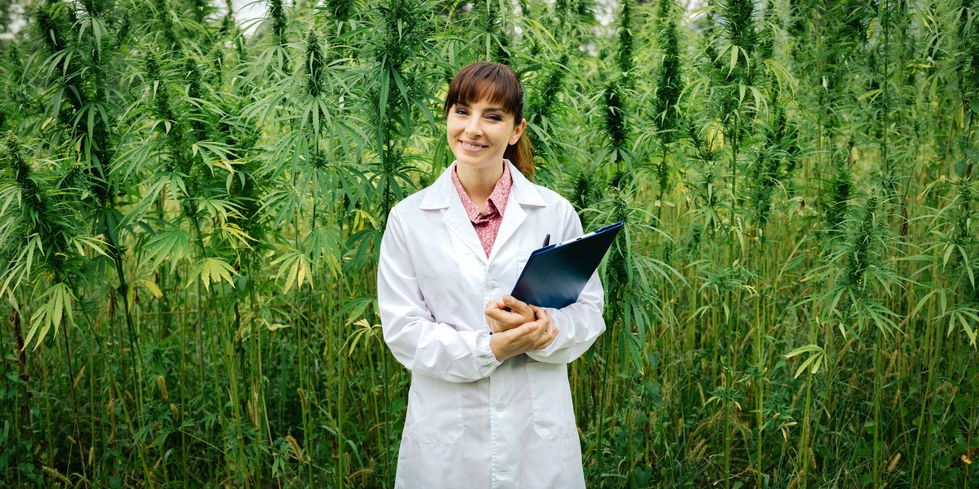Alaska cannabis growers have limited options when it comes to government-mandated testing, and a recently released state report questions whether local labs are providing accurate results about potency and contaminants.
State officials, in response, offered ideas on how to address questions raised by the study.
The now-shuttered Steep Hill and CannTest, which remains in business, were the only labs open in Alaska at the time of the state’s tests. They were the subjects of the report by the Alaska Alcohol and Marijuana Control Office and the Department of Environmental Conservation.
The only other testing facility currently open in the state is Wasilla-based New Frontier Research. It was not included in the report.
The state’s June 4 report found that samples of flower, edibles and capsules submitted to Steep Hill and CannTest were returned to regulators with widely varying test numbers for potency and contaminants.
For example, one flower sample tested for a 24.7% THC level at CannTest and 16.2% at Steep Hill. For another flower sample, Steep Hill detected mold while CannTest did not.
The state’s report noted the two labs, both in Anchorage, used different extraction methods but similar analytical methods for potency testing. They used different techniques for contaminant testing.
The labs also didn’t provide “sufficient documentation” with their results “to demonstrate complete adherence to laboratory standard operating procedures (SOPs),” the report said.
Despite the data, regulators noted they still couldn’t determine what caused the wide range of results, or which results – CannTest’s or Steep Hill’s – were more accurate.
The state report made several recommendations, including that:
- Alaska regulations should require laboratories to develop quality-assurance activities to characterize the accuracy, precision and representativeness of all reported data.
- Regulators should follow up with the two labs to verify they are complying with SOPs.
- Regulators should have the right to conduct follow-up audits on testing facilities once they are operational.




